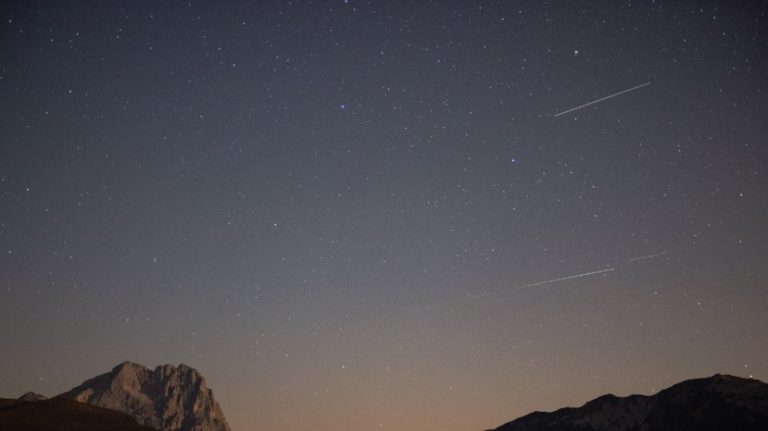The Perseid Meteor shower is an impressive phenomenon for the lovers of celestial star-gazing. The incredible ‘dust’ drizzle in the night from the “falling stars” started to appear sparsely from July 17 onward and are expected to fade away until August 24th.
According to NASA, the Perseid “give off” more bright meteors than any other rainfall in the year. Their record was in 1993, when about 300 meteors per hour were recorded. The meteor shower, which is associated with the comet Swift-Tuttle, takes 133 years to orbit the sun. Earth passes through the comet’s orbit during the month of August every year.
They appear in almost all parts of the sky and not in a specific one, although they seem to come mainly from the northeast, from the region of the constellation of Perseus, from where they got their name. The “show” begins shortly after sunset, but the closer it is to the time it sets, the more likely it is to see with the naked eye these “falling stars” anywhere in the sky.
The Perseids – first recorded by Chinese astronomers in 36 AD – are caused when dust or particles from asteroids or comets enter Earth’s atmosphere at very high speed. When they hit the atmosphere, meteors rub against air particles and create friction, heating the meteors. The heat vaporises most meteors, creating what we call shooting stars. Discovered in 1862 by astronomers Lewis Swift and Horace Tuttle (named after them), the comet has a huge nucleus about 26 kilometres in diameter.
While there are stray bits of stuff hitting Earth from all directions, there also are regularly timed “meteor showers” when astronomers can make better predictions about how many meteors will hit the Earth, and from what direction. The key difference is that meteor showers occur when the Earth plows into the trail of particles left behind by a comet or asteroid. Depending on where the trail of particles falls in a particular year, meteor showers can be more or less intense.
Ask me anything
Explore related questions





